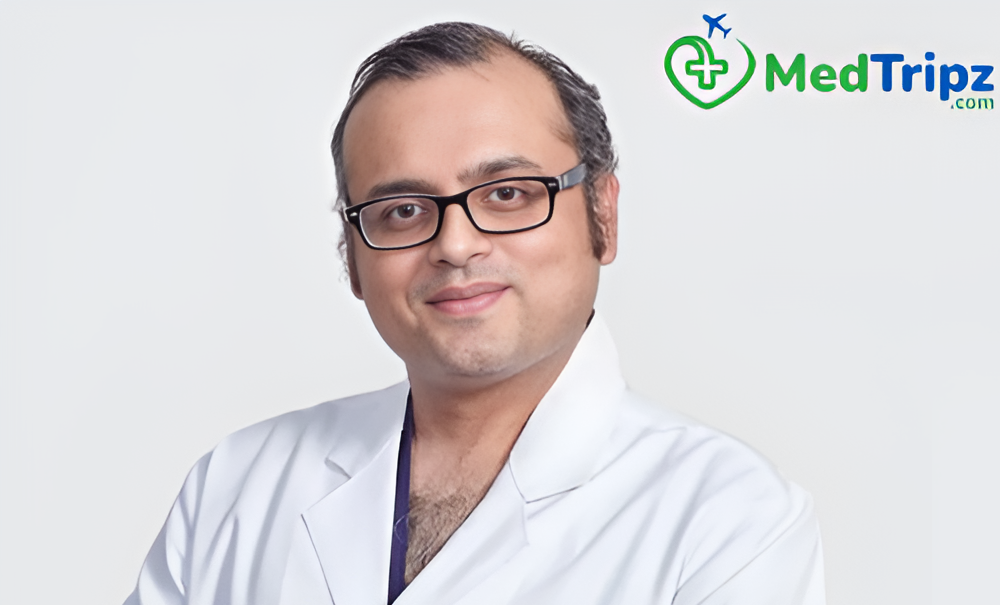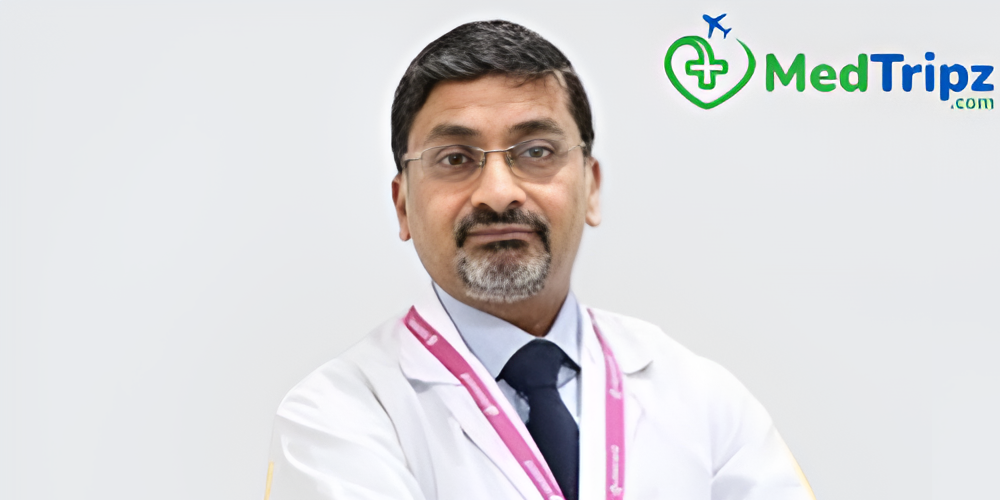Procedure Type
SurgicalProcedure Duration
2-3 hoursHospital Stay (Days)
1-2 WeekAn abdominal aortic aneurysm (AAA) is a localized bulging or dilation in the lower part of the aorta, the main artery that supplies blood from the heart to the rest of the body. This bulge occurs in the abdominal section of the aorta and, if left untreated, can grow over time and eventually rupture, leading to life-threatening internal bleeding. The condition is more common in older adults, especially men over 65, and is often linked to risk factors like smoking, high blood pressure, and a family history of aneurysms.
Most AAAs are discovered incidentally during routine checkups or imaging tests performed for unrelated reasons. In some cases, patients may report vague symptoms such as deep, constant pain in the abdomen, back pain, or a pulsating sensation near the navel. Diagnosis is typically confirmed using imaging techniques such as ultrasound, CT scan, or MRI, which help in assessing the size, shape, and rate of growth of the aneurysm. Regular monitoring is essential once an aneurysm is found.
Treatment decisions depend largely on the size and growth rate of the aneurysm, as well as the patient’s overall health and risk profile. Small aneurysms (less than 5 cm in diameter) that are not growing rapidly may simply be monitored with regular imaging and lifestyle adjustments. However, larger aneurysms or those that are expanding quickly (more than 0.5 cm in six months) generally require surgical intervention due to the increased risk of rupture.
There are two primary treatment options for abdominal aortic aneurysms: open surgical repair and endovascular aneurysm repair (EVAR). In open surgery, the damaged section of the aorta is removed and replaced with a synthetic graft through a large abdominal incision. This traditional method is more invasive but offers long-term durability. On the other hand, EVAR is a minimally invasive procedure in which a stent graft is inserted through small incisions in the groin and guided into the aneurysm using imaging technology. EVAR typically involves shorter recovery times and fewer complications.
EVAR is an increasingly preferred method for treating suitable cases of AAA. It involves threading a catheter through the femoral arteries and deploying a stent graft at the site of the aneurysm. This graft reinforces the weakened section of the artery and redirects blood flow away from the bulging wall, effectively reducing the risk of rupture. EVAR offers a lower risk of complications during and after the procedure compared to open surgery and is especially beneficial for patients who may not tolerate major surgery due to other health conditions.

Chairperson Heart & Lungs Transplant - CTVS

SENIOR DIRECTOR CARDIO THORACIC VASCULAR SURGERY

Director MBBS, MS (General Surgery), M.Ch (CTVS)
In open surgical repair, the surgeon makes an incision in the abdomen to expose the aorta, clamps the blood flow, removes the aneurysmal section, and replaces it with a synthetic tube graft. The procedure typically takes several hours and is performed under general anesthesia. Recovery in the hospital may last up to 7–10 days, followed by a longer at-home recovery. Although it is more invasive, open surgery is sometimes preferred when the aneurysm’s location or shape makes EVAR unfeasible.
Like any major surgery, AAA repair comes with potential risks. These include bleeding, infection, blood clots, kidney problems, heart complications, and in some cases, graft-related issues. EVAR, while less invasive, may require follow-up procedures over time due to graft shifting or leakage. Open repair, although more durable, involves a longer recovery period and greater surgical stress. Your doctor will evaluate these risks based on your personal health profile before recommending the best approach.

New Delhi, India

Faridabad, India

Hyderabad, India
Honest Guidance, Reliable Support, Seamless Journeys.
Provide Us
Reports


Get Medical
Opinions


Pre-Arrival
Arrangements


Visa
Support


Assistance in
Treatments


Fly back and
Follow Up

